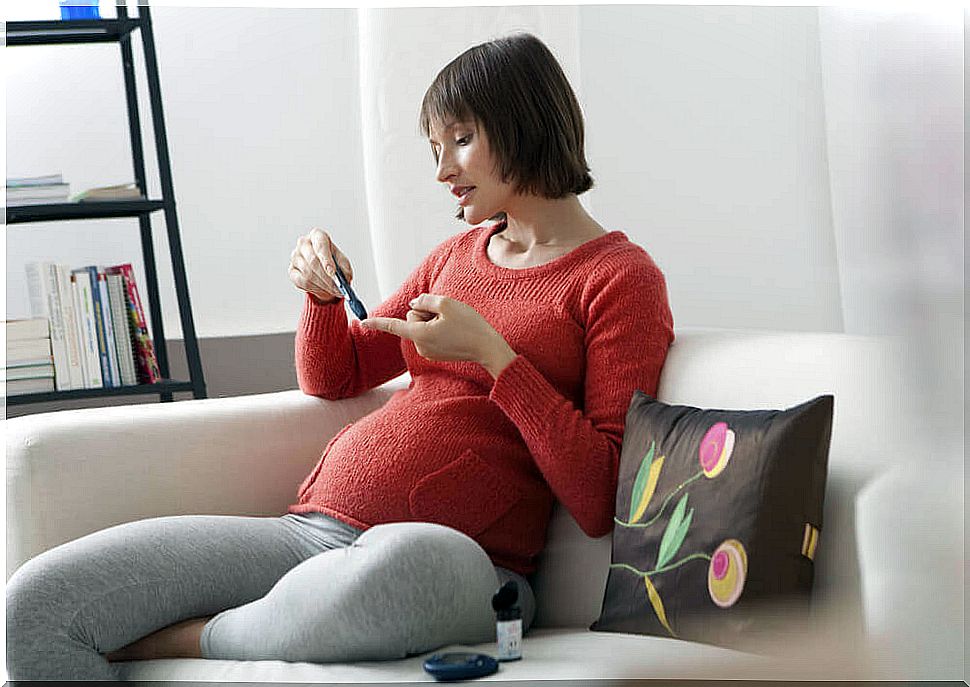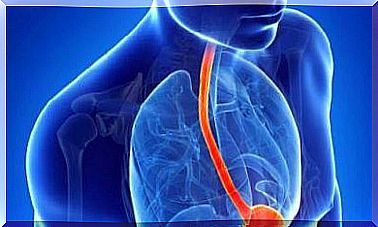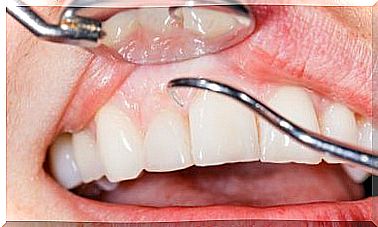The O´Sullivan Test For Pregnant Women
The O´Sullivan test is compulsory in various countries, even if it is polemical. The aim of this test is to rule out gestational diabetes or to assess the risks for this disease.
The O´Sullivan test is carried out during pregnancy to determine the blood sugar level and thus to determine the risk of gestational diabetes.
Gestational diabetes is associated with increased blood sugar levels, which is primarily due to hormonal changes during pregnancy. This can harm the mother’s health and the normal development of the baby. Diabetes also has a negative impact on the birth of the child.
For this reason , the O’Sullivan test has become an important method to rule out gestational diabetes, which is used in many countries in all pregnant women.
What is the O´Sullivan test for?

The O’Sullivan test is not used to diagnose gestational diabetes, but to rule out this disease. The following conclusions can be drawn from the results:
- That the mother does not have gestational diabetes
- and that there is no danger of getting sick from it.
Some consider this test to be the best way to efficiently and cheaply rule out gestational diabetes. If changes are found in the results, a second, more specific test is used: the oral glucose tolerance test (oGTT).
This test is not used in women under 25 years of age who are of normal weight and have no risk factors. Risk factors can include family history of diabetes, gestational diabetes in a previous pregnancy, or previous obesity. The O’Sullivan test can, however, also produce false positive results.
How is the O´Sullivan test carried out?
The mother doesn’t have to come to the doctor’s office sober. First, a blood sample is analyzed to determine blood sugar levels. Then the pregnant woman drinks a very sweet drink that contains 50 g of glucose (25% to 200 cc).
The woman then sits for an hour and is not allowed to eat or drink anything during this time. Then a new blood sample is taken to measure blood sugar levels to be measured again. This tells you whether or not the insulin was doing its job properly.
If the results of the O’Sullivan test do not indicate glucose intolerance or are inconclusive, an oral glucose tolerance test is required.
When is this test used?

Usually the doctor uses the O´Sullivan test between the 24th and 28th week of pregnancy. This is the best moment, because during this time the hormonal changes usually impair the insulin functions in the mother’s body. In some cases, the test is used more than once.
If a woman had gestational diabetes in a previous pregnancy, the test is done in the first trimester. Because there is a higher risk of getting it again. This measure is also used if the expectant mother meets the following criteria:
- She is over 35 years old.
- There are cases of diabetes in the family, especially if the mother or father of the pregnant woman has it.
- The woman is already overweight before pregnancy.
- She has previously given birth to a child weighing over four kilos.
Other factors to consider
The O’Sullivan test is a polemical subject, which is why it is only used in many countries if there are risk factors. The polemic is due to the fact that many women react very badly to ingesting glucose.
Some have to surrender while drinking and repeat the test a few days later, but vomiting may occur again. This test is a great torment for some expectant mothers. Therefore, as already mentioned, it is often only used in high-risk cases.
In those countries where the test is not compulsory, the mother is informed about the risks of the test in accordance with a specially developed protocol and can decide for herself whether she wants to carry it out or not. There are also doubts about possible side effects from the high-glucose drink, which could negatively affect the health of the mother and the growing baby.








